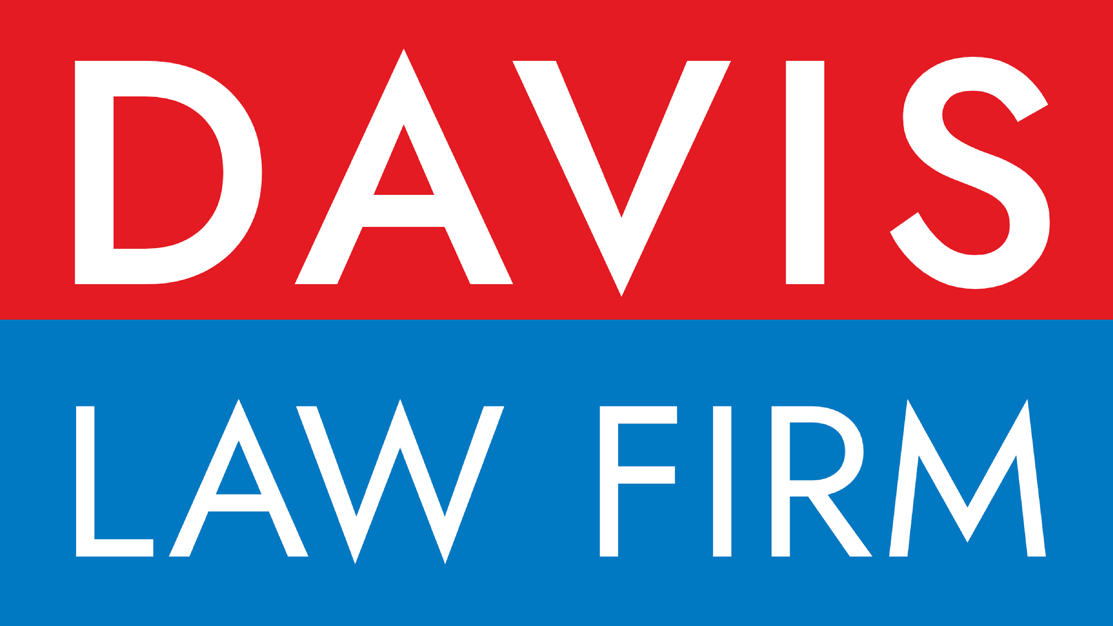The Equal Employment Opportunity Commission (EEOC) is a government entity created to eliminate discrimination in the workplace in the U.S. based on an employee’s race, gender, color, religion, national origin, age, disability, or gender. These “immutable characteristics” have no impact on how an employee can perform their job and cannot be used as a means to discriminate. The EEOC wasn’t always around to protect employee rights, but during the 1960’s, when integration and racial issues became heated, it was obvious that certain protections were necessary.
1963
Congress passed the Equal Pay Act of 1963 (EPA), which protected men and women from sex-based wage discrimination for performing the same job. This Act was the first national civil rights legislation that focused on employment discrimination.
Just months later, in August of 1963, almost 250,000 Americans marched in Washington, D.C. for racial equality. This was the largest protest for racial equality in U.S. history up to that time and included Martin Luther King Jr.’s famous “I have a dream” speech.
1964
The Civil Rights Act of 1964 was signed into law by President Lyndon B. Johnson and included a section (referred to as Title VII) which prohibited employment discrimination. This Act applied to private employers, labor unions and employment agencies and created the EEOC to enforce the Act.
1965
On July 2nd, the EEOC opens its doors for business. The EEOC was given a budget of $2.25 million and employed over 100 people.
1967
Congress passed the Age Discrimination Employment Act of 1967, which protected employees between 40 and 65 years old from employment discrimination. This Act protected older employees from being unfairly laid off, not receiving their earned health benefits and being overlooked for promotions. Since 1978 the Act even prohibited mandatory retirement in most business sectors.
1978
Congress amended Title VII by passing the Pregnancy Discrimination Act of 1978, which clarified that discrimination of a pregnant woman did indeed fall under the category of employment discrimination based on a person’s gender.
1990
The Americans with Disabilities Act f 1990 was signed into law. The EEOC became responsible for enforcing Title I of the ADA. This states that private employers, government jobs, unions and employment agencies cannot discriminate against a qualified employee or applicant due to a disability.
The EEOC continues to fight for employee rights on a daily basis. If you feel you’ve been discriminated against because of your race, gender, color, religion, national origin, age, disability or gender please contact a Rio Grande Valley employment law attorney immediately to learn more about your rights.
About the Author: Jeff Davis is the Owner of the Davis law firm and a highly experienced Rio Grande Valley employment law attorney. To find out more information about a Rio Grande Valley employment lawyer, please visit www.jeffdavislawfirm.com.
